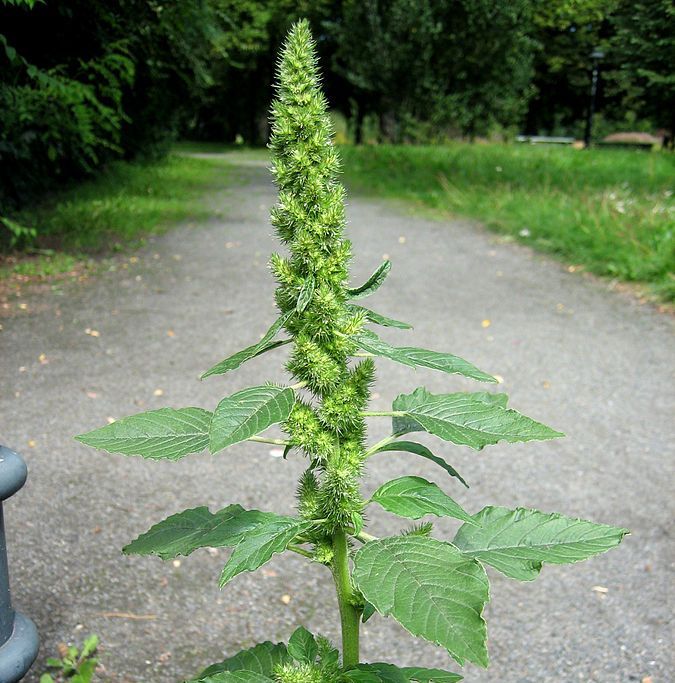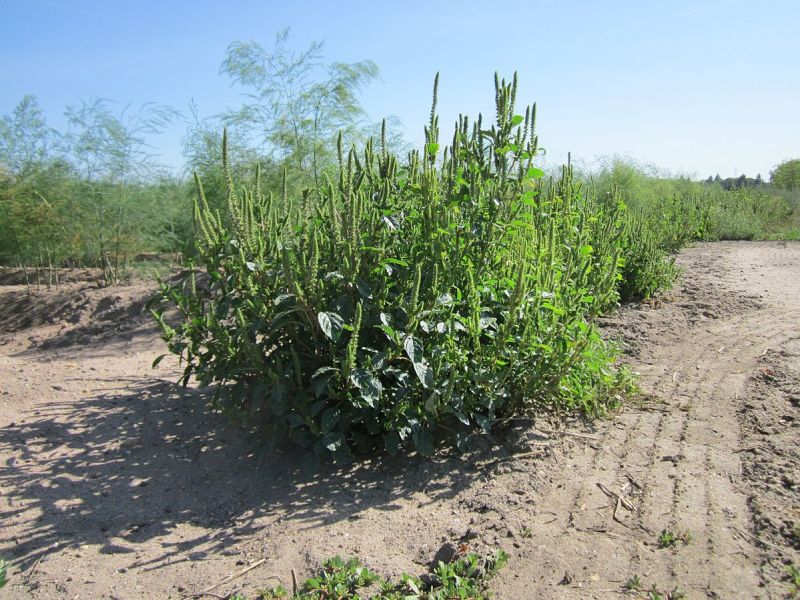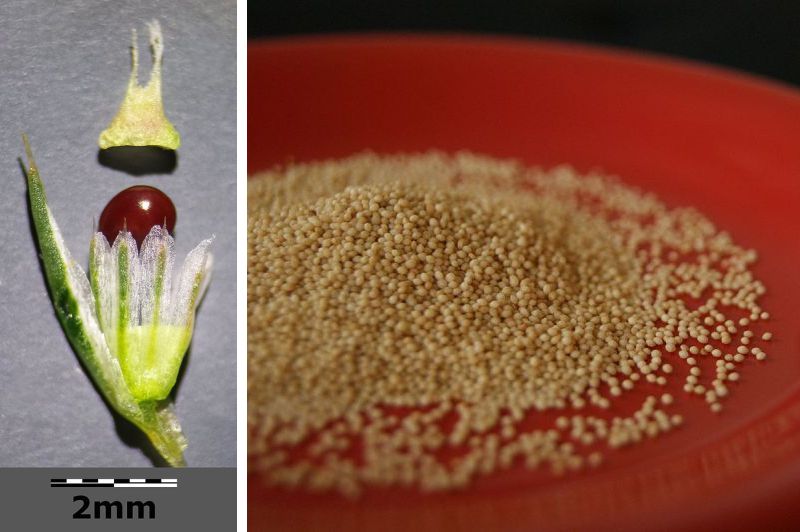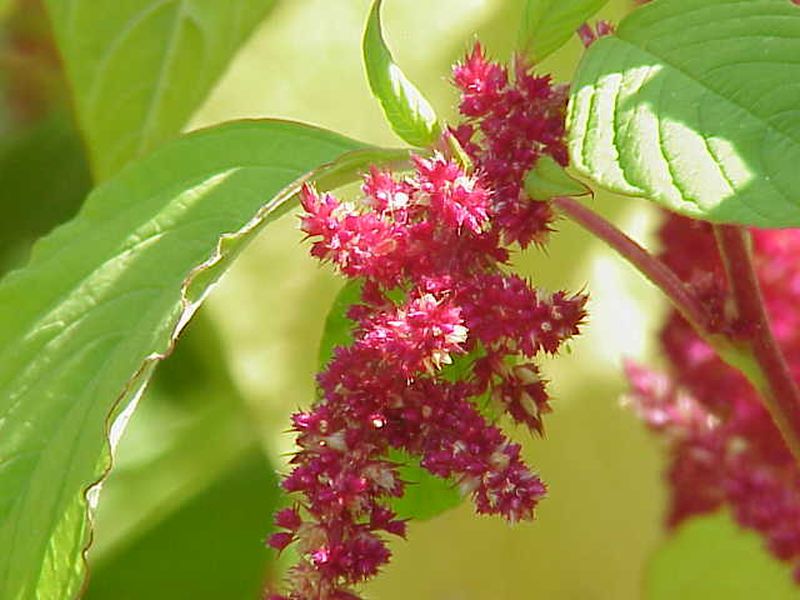
On a recent trip past Exit 163 on Interstate 70, I was intrigued by the name Amaranth. ![]() Two towns in Canada, one in Portugal, and one in Fulton County, Pennsylvania have that name. What does it mean?
Two towns in Canada, one in Portugal, and one in Fulton County, Pennsylvania have that name. What does it mean?
“Amaranth” is a flower that never fades, a reddish dye, or — primarily — a grain-like food native to the tropical Americas. It was a staple of the Central American diet until the Spanish Conquistadors outlawed it when they conquered the Aztecs in 1521.
Back then the grain played a supporting role in religious human sacrifice. Eerily similar to the Eucharist in which Jesus told his disciplines to consume bread and wine symbolizing his body and blood, the Aztecs performed human sacrifices and ate cakes of amaranth mixed with real human blood.
The Spanish abolished all of that. The penalty for growing amaranth was death. But the plant survived. It became a weed.
One of the weediest in the Amaranthus genus is red-rooted pigweed or green amaranth (Amaranthus retroflexus), a 1-6 foot annual whose flowers bloom in bristly spikes in August (photo at top). This patch is in a German asparagus field.

I think pigweed is ugly. However you can eat it, though it probably doesn’t taste as good as the cultivated species.
Each tiny flower produces a seed topped by a tiny cap. Pop the seed and eat the grain or grind it into flour for bread and cereal.

You can eat the leaves, too, but they contain a small amount of oxalic acid so they must be boiled and drained. In India, the leaves are the main ingredient in Kerala-style thoran.
Today many people plant amaranth varieties for their red flowers, the color of amaranth dye.

Most of us don’t realize it was a forbidden food.
Read more about amaranth as food in the New York Times, Grain of the Future, October 1984 and Public Radio International, Return of an Ancient Grain, July 2013.
p.s. Did you know that quinoa is in the amaranth family?
(photos from Wikimedia Commons; click on the captions to see the originals)